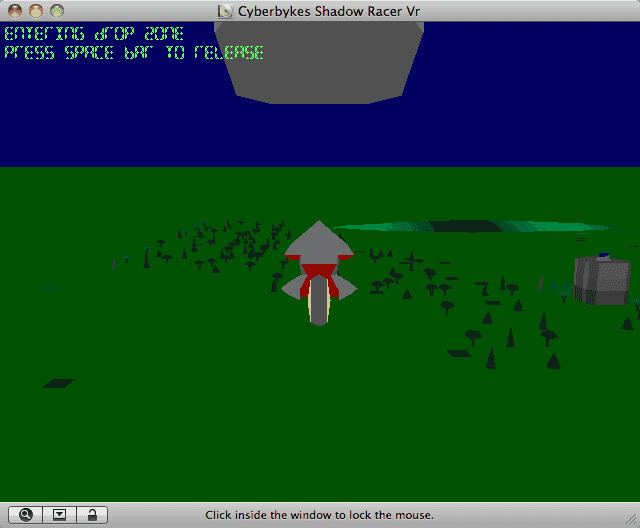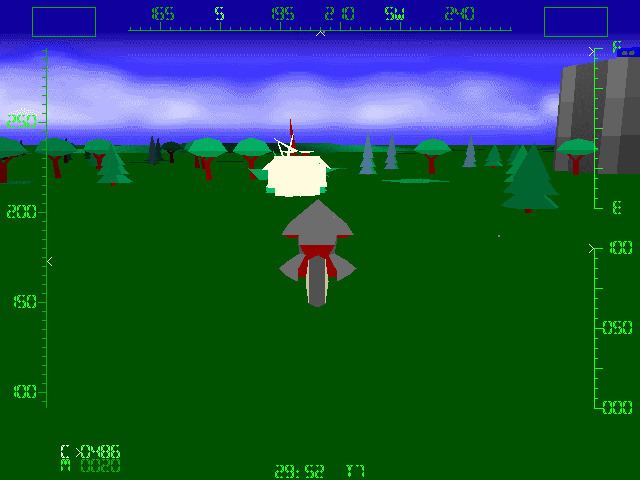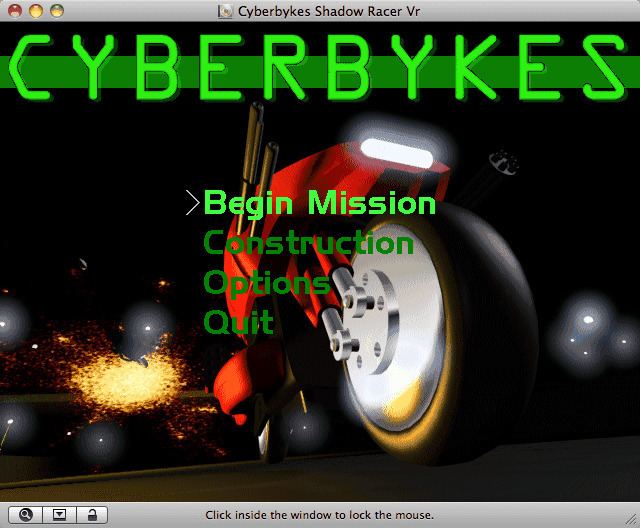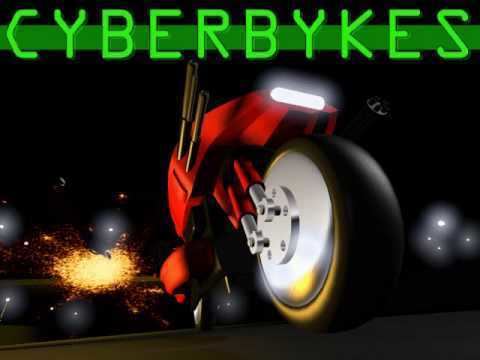6.8 /10 1 Votes
Release date(s) 1995 Developer Artificial Software Mode Single-player video game | 3.4/5 My Abandonware Initial release date 1995 Genre Action game Platforms DOS, MS-DOS | |||||||||||||||||||||||||||||||||
 | ||||||||||||||||||||||||||||||||||
Publishers GameTek, SoftKey Multimedia Inc. Similar GameTek games, Racing video games | ||||||||||||||||||||||||||||||||||
Cyberbykes shadow racer vr gameplay pc game 1995
Cyberbykes, also known as Shadow Racer VR, is a 1995 3D action cyberpunk computer game developed by Artificial Software and distributed by GameTek, running under MS-DOS-based PCs.
Contents
- Cyberbykes shadow racer vr gameplay pc game 1995
- Cyberbykes shadow racer vr intro movie
- Plot
- Features
- Issues
- Similar games
- Cyberbykes today
- Credits
- References

Cyberbykes shadow racer vr intro movie
Plot

According to the game's manual, the plot involved controlling robotic, armoured bikes which the game called "Cyberbykes" by means of "virtual controls", racing them across a virtual world and shooting moving and stationary targets, in a way similar to games like Tron, Stellar 7, Battlezone and Spectre VR.
Features

The game had a few notable features, such as supporting multiple resolutions starting from the standard VGA 320x200 pixels resolution, up to an unusually high 1280x1024, probably making Cyberbykes the first PC game to ever support such high resolutions, although with only 256 colors (different resolutions could be configured for the main menu, game and editor). It was also one of the very few PC games supporting 3D glasses. The game also featured a built-in level editor and a multiplayer mode over modem or LAN.
Issues

Despite the potentially interesting game setting, the technical realisation was quite not up to 1995 standards, since the game used texture-less flat shaded polygonal 3D graphics in an era where the more advanced technology of texture mapping was the de facto standard for PC games ( e.g. Doom, Duke Nukem 3D or The Need for Speed). This would make Cyberbykes one of the last commercially released PC games using untextured polygonal graphics (with the exception of Fade to Black, which however also used textures and had better shading effects).

The game's controls were awkward. Controlling the "cyberbyke" was done via means of a standard non-configurable mouse (or joystick) and keyboard combination, and included a lot of non-configurable keyboard bindings and shortcuts which had to be memorized. Aiming at a target required the player to hold down both mouse keys while moving and using the space bar to fire, making the game quite hard to play.

The menu and story system also seemed more suited to an early-1990s shareware game and not a commercially released title, even lacking an automatic sound card configuration system, which was considered standard by 1995. All in all, the game improved little over older genre simulation games such as 4D Sports: Driving, Test Drive 3 or Continuum, only more demanding system-wise.
Cyberbykes performed poorly on an average system of the time (486 DX/66, 8 MB of RAM, even at low resolutions), which compared unfavorably with titles that offered texture-mapping at the same specs. Its recommended specs were a Pentium with 12 megabytes of RAM, unusually high for 1995 standards and a DOS game.
Similar games
There were contemporaneous games with similar concepts and arguably better execution such as Pyrotechnica, Descent, Spectre VR, Stellar 7, Nova 9 and numerous freeware or shareware Battlezone clones already existed.
Cyberbykes today
The game was generally planned at its time of release, and remained relatively unknown for a long time.
It can still be played under Windows XP by using an emulator such as DOSBox or, even better, a sound card emulator like VDMSound, which allows using the VESA high resolution modes at full speed.
